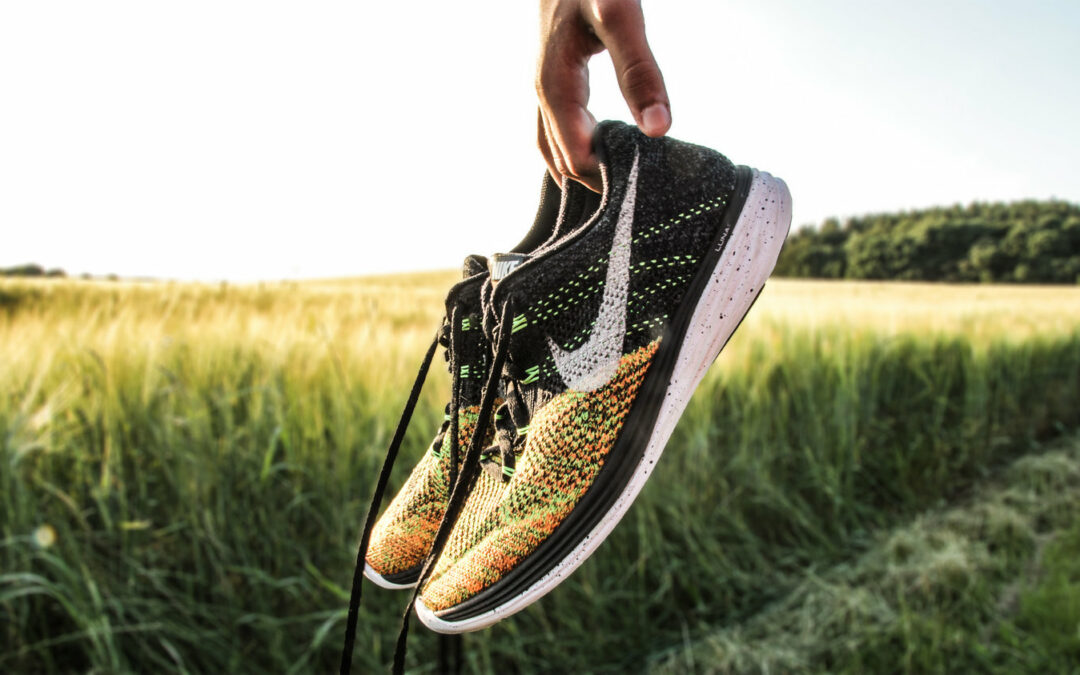Shopping for a new running or walking shoes should be easy, right? These days it feels like you need a podiatry degree in biomechanics to be able to pick the right shoe. Most of us want them to look good, but there are many of us that want them to perform well too. Functionally, we want a shoe that gives us the best support to perform activities to the best of our ability without causing us injury. This may not necessarily be the one that comes in your favourite colour or has the right tick on the side of it.
One of the first things to note is that running shoes are split into 2 main categories neutral and stability.
A neutral shoe is ideal for individuals who require minimal, to no correction to control excessive forces in their running or walking patterns. Individuals who wear orthotics are also recommended to wear a neutral shoe. The orthotic is working to place the foot in a position of neutral, hence no correction in the shoe will be needed. Also, a good stable neutral shoe provides a good foundation to allow the orthotic to work to its optimum. Neutral shoes should provide adequate support and cushioning without altering your gait pattern.
A stability shoe can provide mild to considerable motion control by reducing the amount of pronation or “rolling in” of the feet. If an individual were to have excessive pronation whilst running, certain muscles or tendons can overload, possibly resulting in an injury.
Picking the right exercise shoe for you enables your feet to move through an ideal gait or running pattern. The right shoe, ideally balances forces and weight distribution through your feet and lower limb, helping minimise the risk of injury, reduce pain and increase efficacy. An exercise shoe should always feel comfortable and stable under foot.
Exercise shoes have a life of roughly 700km, therefore the average person running 10-15km a week, should change their footwear every 12 months. Most podiatrists advise even more frequently than this, particularly if you are suffering with a foot or lower limb injury. Other factors including moisture and wear from terrain may cause a shoe to break down even faster. A handy tip is to have two pairs of exercise shoes on the go that you can alternate between. This allows for one pair to dry completely before your next run, and in turn increasing the life of the shoe.
The tables, below, show current footwear brands and styles, that we at Highett Podiatry recommend.
We hope that this guide makes your next exercise shoe purchase, a little less daunting. Just remember that the best way to find the right shoe for you is to try it on in a shop with the help of an experienced fitter.
Tips for buying the right shoe:
-
Remember the shoe should feel comfortable as soon as you put it on.
-
It’s best to shop for shoes in the afternoon as your foot can swell as the day goes on.
-
Walk around the shop for a good 10 minutes before purchasing to ensure a good fit.
If you are unsure whether your shoes are right for you or are in need of an upgrade, please bring them to your next appointment and we will be more than happy to assess and advise on the correct exercise shoe for you.

